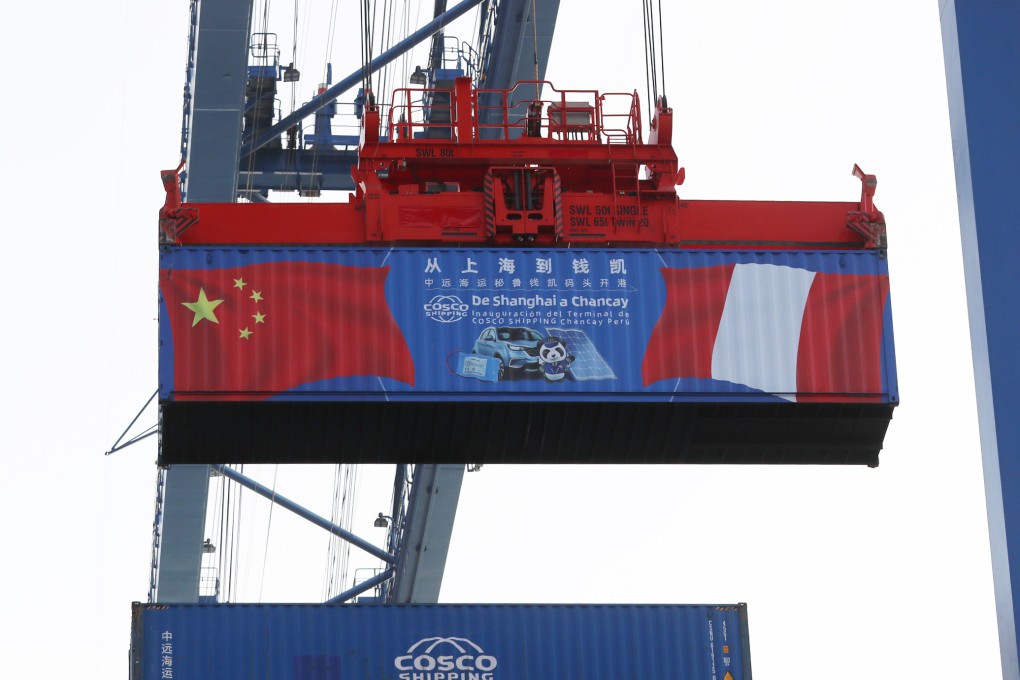Opinion | North American ports must automate or risk losing out to Asia and Europe
While automated hubs in Asia and Europe attract more trade, ports in the US and Canada are mired in inefficiency and recurring labour disputes

Globalised trade, the lifeblood of modern economies, is here to stay. Yet, as international commerce expands, the world’s ports face an unavoidable challenge: their physical and operational limits. Shorelines suitable for deepwater facilities are finite.
Expansions, such as Vancouver’s Roberts Bank Terminal 2 – built on reclaimed land in a river estuary – highlight the immense effort and expense required to increase port capacity. Even if new terminals and rail connections materialised overnight, constraints on available space make the existing ports indispensable, bestowing extraordinary leverage upon port workers.
This sway, however, has come at a cost. Labour action has secured significant gains for workers but left third parties – farmers, miners, manufacturers and consumers – to shoulder the burden of such disruptions.
In 2014, a protracted stand-off between the International Longshore and Warehouse Union (ILWU) and US West Coast terminal operators left billions of dollars worth of goods in limbo, paralysing trade for months.

